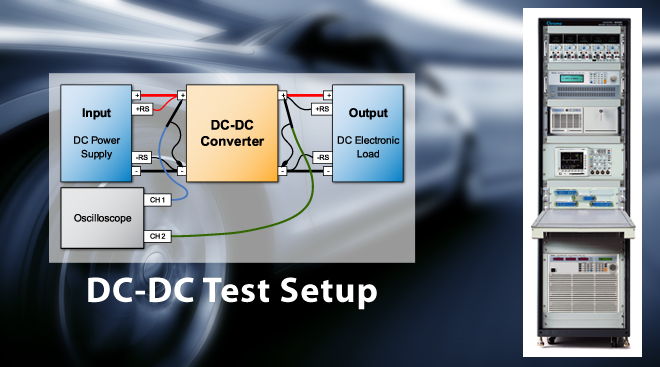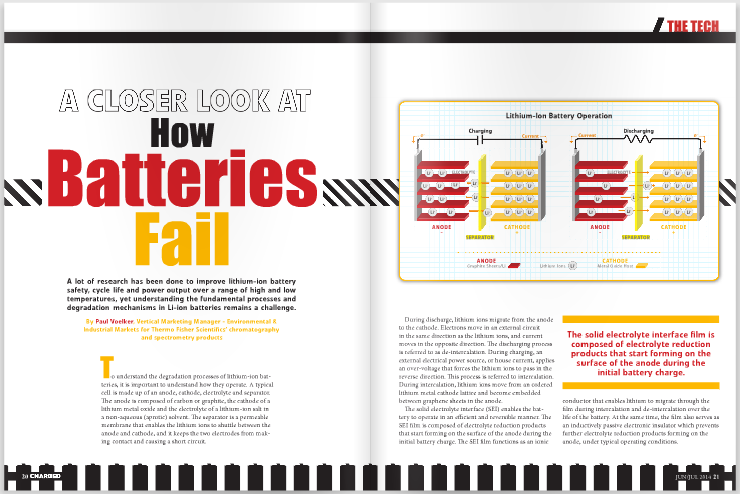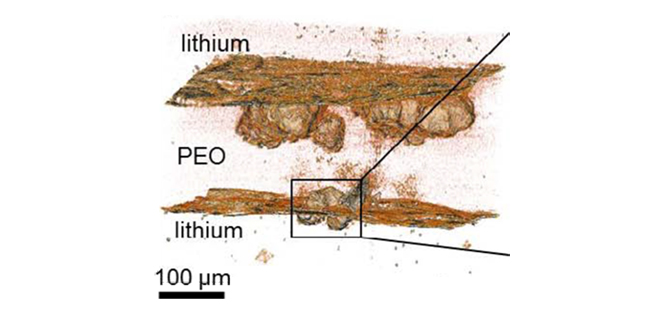Sponsored by Chroma System Solutions On rare occasions, an electrical short can develop inside a cell after passing production tests. This is due to burrs or particles on the positive electrode reaching the negative electrode after inflation occurs. If these cells that are susceptible to failure pass through to the end user, the results could be… Read more »
Search Results Found For: "Chroma "
New sessions announced for the Charged Virtual Conference on EV Engineering
Charged is organizing a virtual conference on EV engineering September 1 – 3, 2020 that includes live webinar sessions, interactive Q&As, on-demand webinars, and whitepaper downloads. Just like the content Charged brings you every day, conference topics will span the entire EV engineering supply chain and ecosystem including motor and power electronics design and manufacturing, cell development, battery systems, testing,… Read more »
Read past issues of Charged – Electric Vehicles Magazine
< Newer Issues Issue 28 – November/December 20169 Featuring: Seaworthy EVs: Leclanché designs and manufactures Li-ion cells and systems Chroma Systems Solutions invests in the next generation of EV testing products 2017 Prius Prime: Toyota launches an all new PHEV that some call “the best Prius ever” Turnkey drivetrains: UQM, Eaton and Pi Innovo collaborate… Read more »
A quick guide to automotive DC-DC converter testing
Sponsored by Chroma Systems Solutions An automotive DC-DC converter receives high voltage from the battery and converts it to a lower voltage to power on board devices such as the instrumentation panel, entertainment system, sensors, LED lighting, and any other on board devices requiring low voltage DC power. Manufacture’s strategies in DC-DC converter development include reduction in size… Read more »
A closer look at how batteries fail
A lot of research has been done to improve lithium-ion battery safety, cycle life and power output over a range of high and low temperatures, yet understanding the fundamental processes and degradation mechanisms in Li-ion batteries remains a challenge. To understand the degradation processes of lithium-ion batteries, it is important to understand how they operate…. Read more »
Berkeley Lab researchers get to the root of the lithium anode problem
In the quest for higher energy density, the use of lithium metal anodes would seem to be a promising approach, if it weren’t for those doggone dendrites. Dendrites are microscopic fibers of lithium, which sprout, tree-like, from the surface of the lithium electrode and spread through the electrolyte until they reach the other electrode, possibly… Read more »












